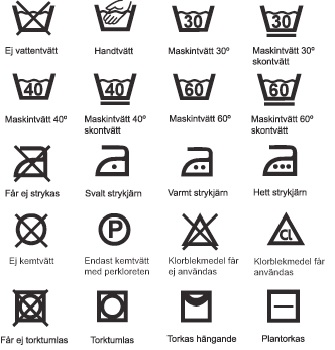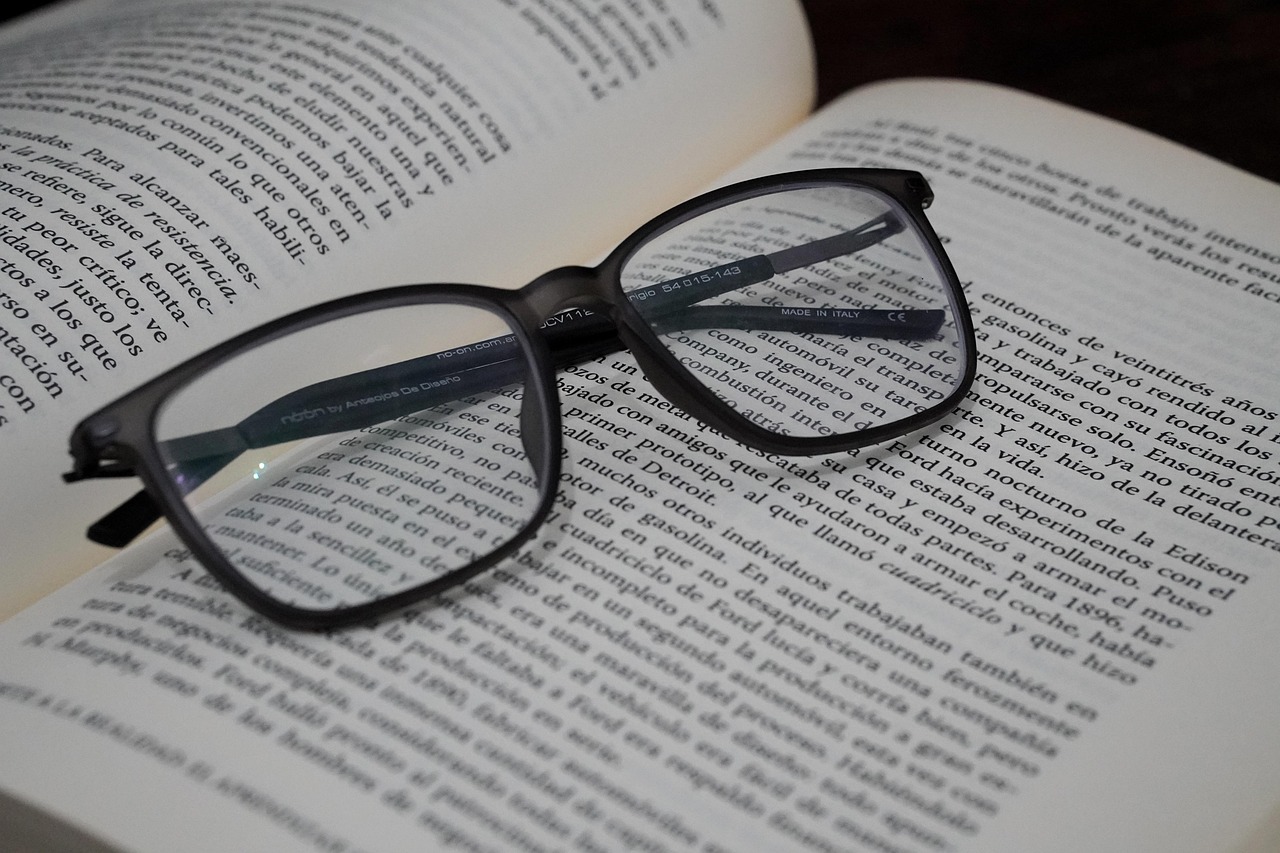Aids and Medical Devices
This article has been translated with AI and is based on Swedish conditions. Hopefully, it can inspire interested parties from other countries.
Good routines are required for medical devices to be serviced and handled correctly. Part of it involves patient safety. Many aids are complex and incorrect use can lead to serious damage. Cleaning is also important so that aids do not contribute to the spread of infection. Safe routines also save time as the aids work when needed.
 Foto: Mostphotos
Foto: MostphotosMedical technology products are covered by several regulations
There are many different types of medical technology products. All of them must be properly serviced to function correctly. Safe routines help to reduce the risk of healthcare injuries. Food leftovers, dirty or smelly cushions, or other traces of dirt on aids suggest that the routines are not working fully.
There is medical technology equipment prescribed by specialist healthcare, for example pain pumps. Then there is work technology equipment such as hospital beds and ceiling-mounted lifts. In addition, there are individually tested aids such as walkers, wheelchairs, and diagnostic tools such as blood pressure monitors and blood glucose meters.
Routines for safe handling of MTP
All operations must have routines to monitor that the equipment is working safely and is maintained in accordance with product sheets or other technical information. Often the equipment should be checked regularly. How the product should be managed is usually stated on the product sheet.
All equipment must be CE marked. This means that the manufacturer takes responsibility for the product being safe provided it is used in accordance with the product information provided.
There should be routines for cleaning medical technology products. Food leftovers in wheelchairs, dusty walkers, and lifts may be an indication that cleaning routines are not working. Similarly, there are smelly and dirty cushions or lifting slings that are dirty. Functioning aids and employees who understand how to use them correctly are fundamental to safe and secure care.
There are many different types of aids in use. There are personal aids that are only used by the person it is prescribed to. Then there are aids such as mobile lifting aids that floor lifts and sit scales where they are used by the business for everyone who needs it. In addition to this, there are traverses installed in an apartment that then belong to the operation and are used for a resident who is always lifted with a ceiling lift.
Business-related aids
The premises are adapted to residents with disabilities. Hospital beds are often included in the basic equipment. Work technical aids are used to facilitate for employees. Work technical aids are for example personal lifts, beds, mobile shower and toilet chairs and different types of moving aids such as care belts, slide boards, sliding mats and turning plates. The employer is responsible for ensuring that there are the work technical aids required to provide care from a good work environment. The employee is obliged to use the aids and the protective equipment that the employer recommends.
Aids are prescribed so that the resident can continue to take care of themselves to the greatest possible extent. It is important to work function-preserving even in situations when aids are used. This means that the resident's natural movement patterns should be maintained while the workload for the employees decreases.
It is common for residents to have aids to move. For many residents, hearing aids and glasses are necessary aids for well-being. If these are dirty or without functioning batteries, they do not do any good.
Personal aids
Personal aids are often prescribed by the occupational therapist. The occupational therapist is responsible for educating and instructing the nurse assistants so that they handle the aids correctly. In some regions, the individual can buy simpler aids themselves.
Examples
• Personal medical treatment, for example breathing aids are prescribed by specialist healthcare, special mattresses to avoid pressure sores, blood glucose meters are prescribed by a nurse or occupational therapist.
• Moving, for example canes, walkers, walking boards and manual and electric wheelchairs. Often prescribed by the occupational therapist or physiotherapist. Some of them can be bought by the resident themselves.
• Aids for communication and information, for example hearing aids, visual aids are not arranged by the elderly home but should still be cared for there.
The boundary between what is an individually prescribed aid, aid in care work or a work technical aid varies in different regions. The use of aids often requires training. Often it is the occupational therapist or physiotherapist who educates and instructs in the handling of aids. Formally, the employer is responsible for training in handling work technical aids.
Many aids are included in what is called medical technology products (MTP). These should be checked and followed up regularly. The operation is obliged to keep track of all MTP. Follow-up procedures require that product sheets and instructions are available for the follow-up of MTP.
A resident got a fever over a weekend and became bedridden. On Monday when the regular nurse returned to work, it was noticed that the resident had developed pressure sores over the weekend. The investigation showed that the nurse assistants had not called the on-call nurse, as they thought the resident was not "that bad". It was revealed in the investigation that if they had called, there would have been no anti-decubitus mattress available.
In the Care Handbook we can read that risk factors for pressure sores vary from individual to individual. Pressure-distributing surfaces should be chosen based on the person's individual needs.
Turning schedule - how often
In an acute situation and if there is no access to an anti-decubitus mattress, a turning schedule must be set, moisturising heels and relieving other parts of the body that are extra prone to pressure damage. Inspect the skin carefully and consider how you can relieve pressure in other ways. The nurse and if possible occupational therapist should be involved as soon as possible. There are risk assessment instruments in Senior Alert that can be a support. Anyone who cannot turn themselves must always have help with turns and turning schedules. Turning should provide pressure relief. It may be enough with a 30-degree angle when turning from side to side.
The person prescribing the turning schedule should also prescribe how often turning should take place and in which positions the resident can be laid. Turning should take place at least every fourth hour. If the risk of pressure damage is high, the resident may need to be turned as often as every other hour. Since sleep is often disturbed then, a good pressure-relieving mattress is preferred.
Many residents have pressure-relieving mattresses as standard, which provides extra security. Despite this, it is important to be vigilant when someone becomes bedridden so that pressure sores do not occur.
Reflection - aids
Care staff:
• Do you have routines to clean aids regularly?
• Does the routine to get broken aids repaired or replaced work?
• Do you have access to lifts when required?
• Do you receive good education and instructions on how different aids should be used?
• Does the maintenance of the aids work?
• Do you have clear routines for when to contact a nurse?
• Do they come if you call?
• Are turning schedules and follow-ups prescribed when someone becomes bedridden?
Manager, nurse, occupational therapist and physiotherapist:
• Does the follow-up of all medical technology products work?
• Are there functioning routines to check that equipment is working correctly?
• Are the wheelchairs in use clean and fresh?
• Have the blood pressure cuffs been calibrated in the past year?
• Do employees get the necessary training to handle aids?
• Do you have functioning cooperation with on-call nurses?
• Is there an anti-decubitus mattress for acute needs?
• Do routines with turning schedules work when prescribed?
Residents and relatives:
• Are the aids in use clean, fresh and functioning?
• Do the residents receive the aids they need for a functioning everyday life?
Erland Olsson
Specialist nurse
Sofrosyne - Better care every day

Aktuellt i media
- 2025-02-20 04:00 13 Hygien
- 2025-02-17 04:00 12 Personlig omvårdnad
-
2025-02-12 04:00
04 Bemötande
So the nursing assistant maintains good conversations - the key to safe and clear communication
info - 2025-02-10 18:41 13 Hygien
- 2025-02-09 04:00 10 Aktivitet o funktionsbevarande arbetssätt
-
2025-02-06 04:00
05 Planering
Are you planning the content of the residents' everyday life and do you carry out the planned social activities?
info Foto: Mostphotos
Foto: Mostphotos




